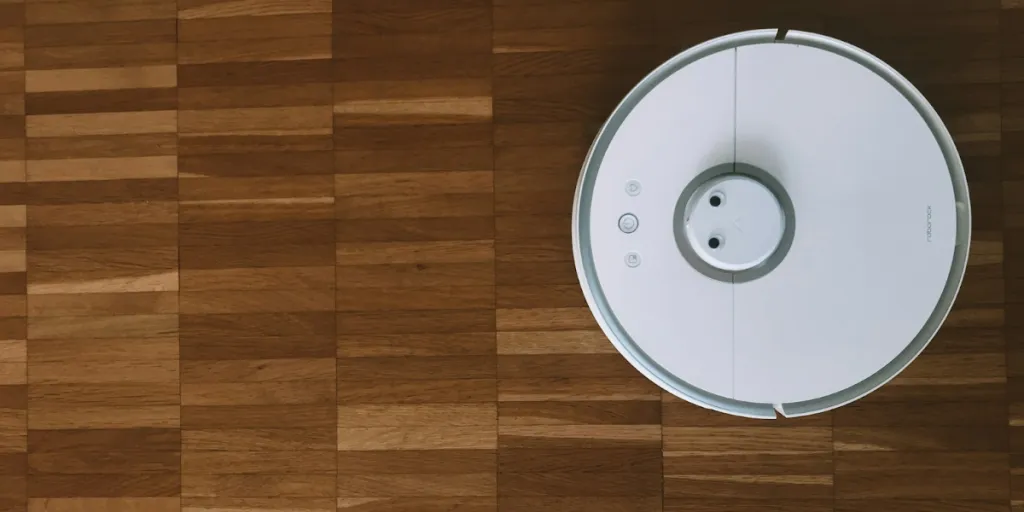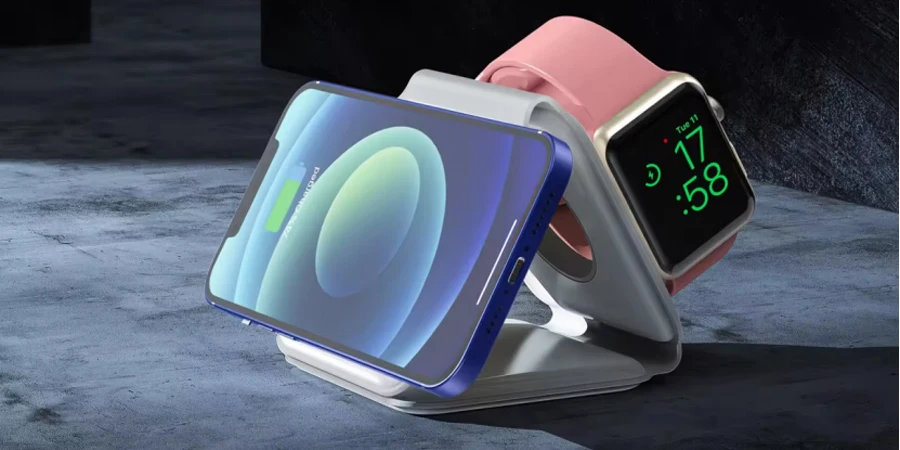Over the last several years, robot vacuums have grown in popularity, especially as more people adopt smart home technology. Robot vacuums do sound convenient, but are they worth the investment? In this guide, we discuss the pros and cons, plus insight into how your business can successfully market robot vacuums to consumers.
Table of Contents
Overview of the global robot vacuum market
Pros and cons of robot vacuums
Are robot vacuums worth the investment?
Final thoughts
Overview of the global robot vacuum market
According to Grand View Research, the global robot vacuum cleaner market was valued at USD 4.48 billion in 2021 and is estimated to grow at a compound annual growth rate (CAGR) of 23.4% from 2022 to 2030. The widespread embrace of robot vacuum cleaners persists due to their capacity to save substantial time and energy, standing out as a pivotal driver for their increasing demand.
The market for robot vacuums includes both floor and pool vacuums; however, the floor vacuum cleaner dominated the market with a share of 60.7% in 2021 and is expected to witness the fastest growth with a CAGR of 23.7% between 2022 and 2030.
Additionally, based on revenue, the residential segment dominated the market with a share of 46.7% in 2021. The residential segment is expected to grow the fastest, with a CAGR of 23.9% between 2022 and 2030. The dominance of the segment is attributed to growth in the number of smart homes and the increasing trend of smart homes across the globe.
Pros and cons of robot vacuums
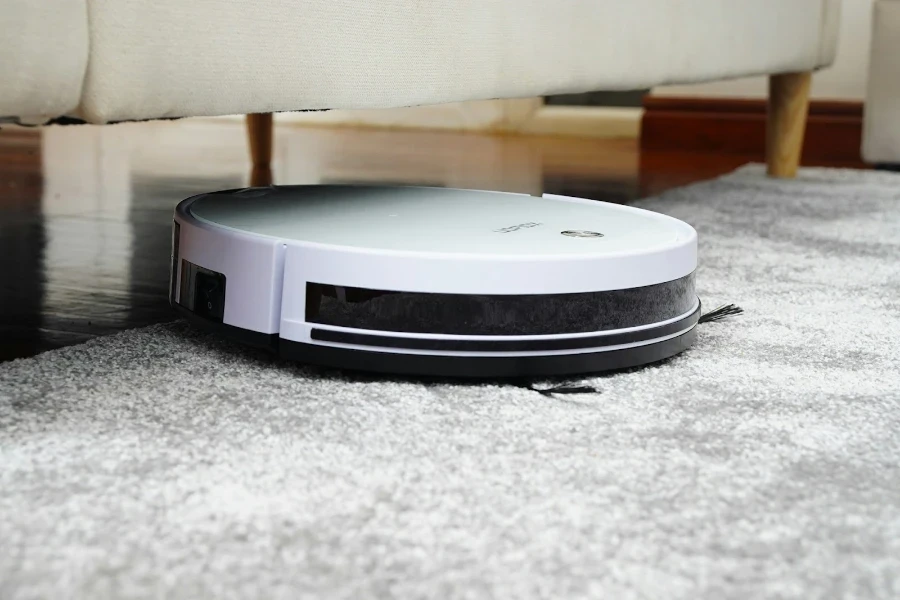
Robot vacuums have gained popularity for their convenience and time-saving capabilities. Still, like any technology, they come with their own set of pros and cons. Understanding these factors can help you decide whether a robot vacuum is worth the investment.
Benefits of robot vacuums
- Time-saving and convenience: One of the most significant advantages of robot vacuums is their ability to operate autonomously. They can clean your home while you’re away, saving you time and effort.
- Efficient cleaning: Many modern robot vacuums have advanced sensors and algorithms, enabling efficient navigation and effective cleaning. They can adapt to different floor surfaces and pick up daily dirt, dust, and pet hair.
- Smart features: Robot vacuums often come with smart features, such as scheduling, remote control via smartphone apps, and compatibility with voice assistants. These features enhance user convenience and integrate well with modern smart home setups.
- Compact and space-saving: robot vacuums are typically compact and require minimal storage space.
- Low-profile design: With their low-profile design, robot vacuums can access and clean hard-to-reach areas, such as under beds and sofas, where traditional vacuums may struggle.
- Customizable cleaning modes: Many offer customizable cleaning modes, allowing users to tailor the cleaning process to their needs; this might include spot cleaning, edge cleaning, or even mopping capabilities in some models.

Another pro of robot vacuums is that they’re quieter than traditional vacuum cleaners, making them less scary for pets.
Robot vacuum limitations
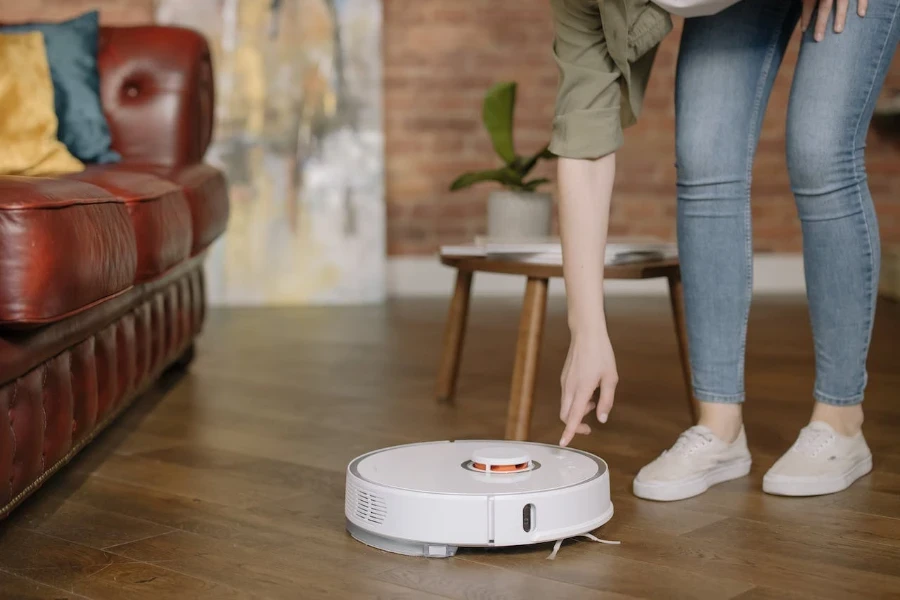
While robot vacuums offer numerous advantages, it’s essential to also acknowledge their limitations before determining if they’re worth the investment.
- Limited deep-cleaning capability: While robot vacuums are efficient for daily maintenance, they may not replace the deep-cleaning capabilities of traditional vacuums. Deep cleaning, especially for high-pile carpets or tough stains, may still require manual intervention.
- Obstacle navigation challenges: Robot vacuums may encounter difficulties navigating around obstacles or handling cluttered spaces. Some users report instances of the device getting stuck or requiring assistance.
- Initial cost: High-quality robot vacuums often come with a higher upfront cost than traditional vacuums. This initial investment can be a deterrent for budget-conscious consumers.
- Regular maintenance required: Robot vacuums require regular maintenance, which includes emptying the dustbin, cleaning brushes, and checking for blockages. Users need to commit to ongoing upkeep for optimal performance. Note that there is typical maintenance with traditional vacuums as well, and some robot vacuums can empty their own bins, but these come with a higher price tag.
- Limited battery life: While battery technology has improved, the operating time is still limited. Depending on the model and cleaning settings, the device may need to return to its charging station before completing an entire cleaning cycle.
- Not suitable for all floor types: Some robot vacuums may struggle with certain floor types, such as high-pile carpets or uneven surfaces. It’s important to choose a model that suits the specific flooring needs.
Robot vacuums excel at providing regular maintenance and convenience but may only partially replace traditional vacuums for deep cleaning tasks.
Are robot vacuums worth the investment?
If you’re looking to add robot vacuums to your product lineup, the real question is: is it worth the investment? Here are some ways to manage potential customer concerns and effectively market robot vacuums to potential buyers who are unsure whether it’s worth the investment for them.
Cost considerations and pricing strategies
Consumers often scrutinize the upfront cost of technology-driven products. Discuss how the initial investment compares to the long-term benefits, such as time savings and reduced cleaning-related stress. Delve into the potential savings regarding professional cleaning services and the longevity of traditional vacuum cleaners. Illustrate how the initial investment translates into long-term value.
- Marketing angle:
- Introduce flexible pricing strategies, such as bundle deals or financing options, to make robot vacuums more accessible to a broader audience.
- Educate consumers about the overall cost-effectiveness of robot vacuums and position them as a wise investment for sustained home maintenance.
Performance and customization
Address concerns about the cleaning capabilities of robot vacuums. Acknowledge their efficiency in daily maintenance while highlighting the need for occasional manual intervention for deep cleaning. Additionally, recognize that, like any appliance, robot vacuums require maintenance. Discuss the ease of maintenance and the durability of high-quality models.
- Marketing angle:
- Emphasize the versatility of robot vacuums with customizable cleaning modes, catering to individual preferences and specific cleaning needs.
- Position robot vacuums as durable, user-friendly devices with simple maintenance requirements. Offer guidance on proper care to ensure longevity.
Appeal to tech-savvy consumers
Appeal to tech-savvy consumers by emphasizing the smart features of robot vacuums, including app connectivity and voice control.
- Marketing angle: Position robot vacuums as not just cleaning devices but as integral components of a connected, smart home.
Showcase positive user experiences with robot vacuums, especially regarding ease of use, seamless integration into daily life, and the joy of a consistently clean living space.
- Marketing angle: Leverage user testimonials and reviews to build trust and credibility. Illustrate how robot vacuums contribute to an enhanced, tech-driven lifestyle.
Navigating limitations: Transparent communication for informed choices
Acknowledge the limitations of robot vacuums, such as occasional navigation challenges, the need for a clear floor, and the potential for manual intervention.
- Marketing angle: Emphasize transparency in communication, providing consumers with realistic expectations and tips to optimize the performance of their robot vacuums.
Final thoughts
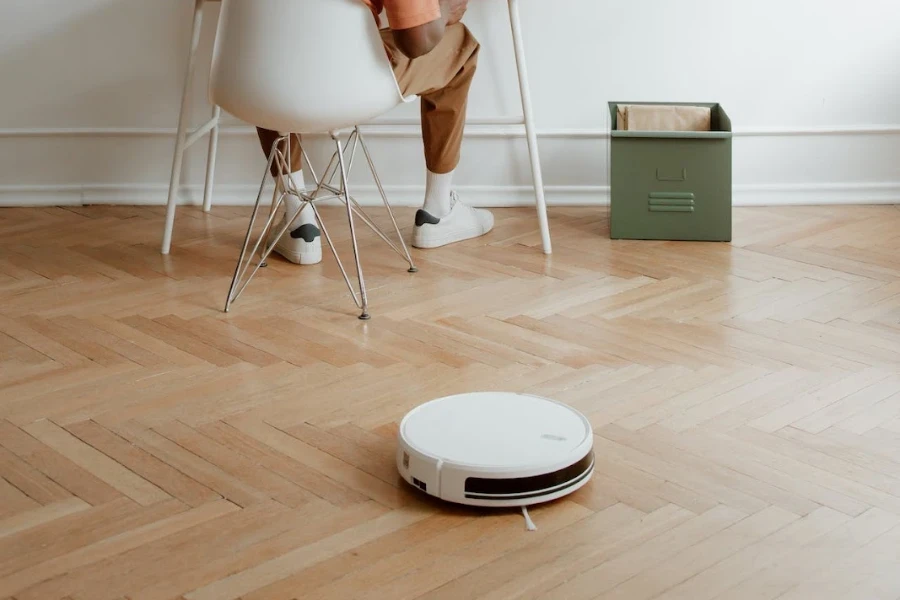
So, overall, the answer to the question, “Are robot vacuums worth the investment?” becomes a resounding yes. By understanding consumer perspectives, addressing concerns, and strategically navigating market trends, e-commerce businesses can position themselves as leaders in the smart home solutions sector.
As technology continues to evolve, the future looks promising for those who seize the opportunity to offer innovative, efficient, and user-friendly robot vacuum solutions to the discerning online consumer.
